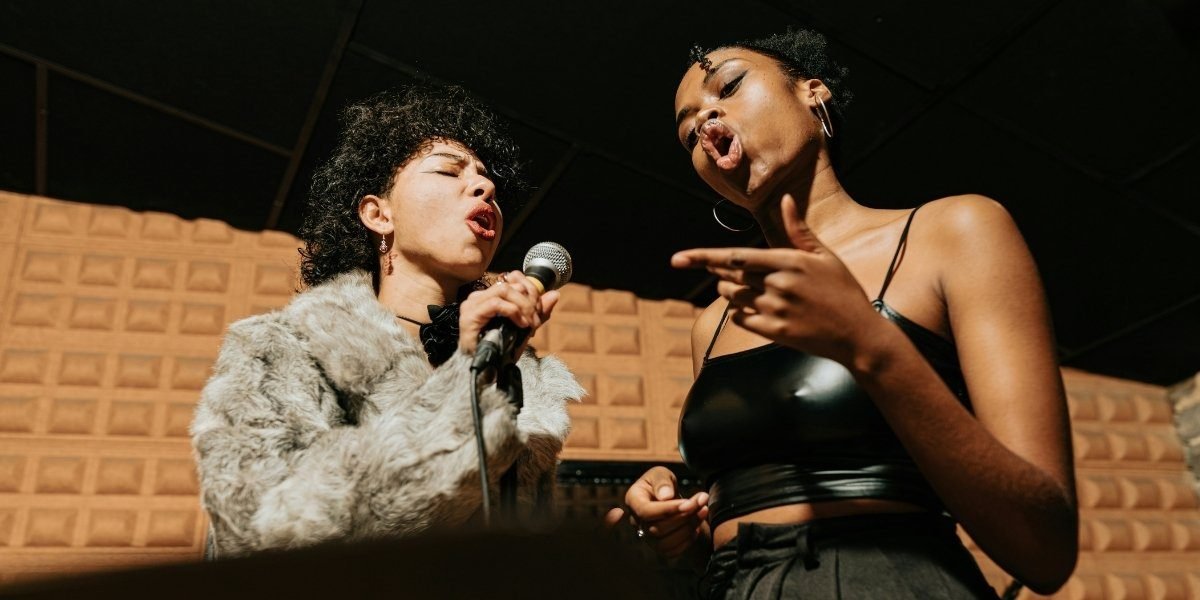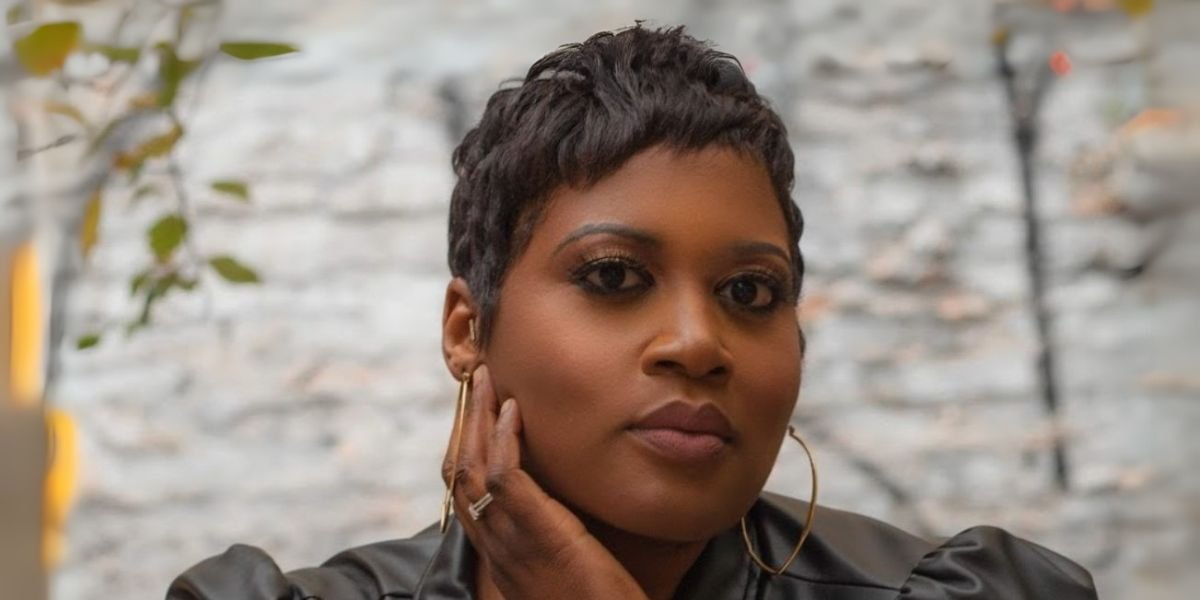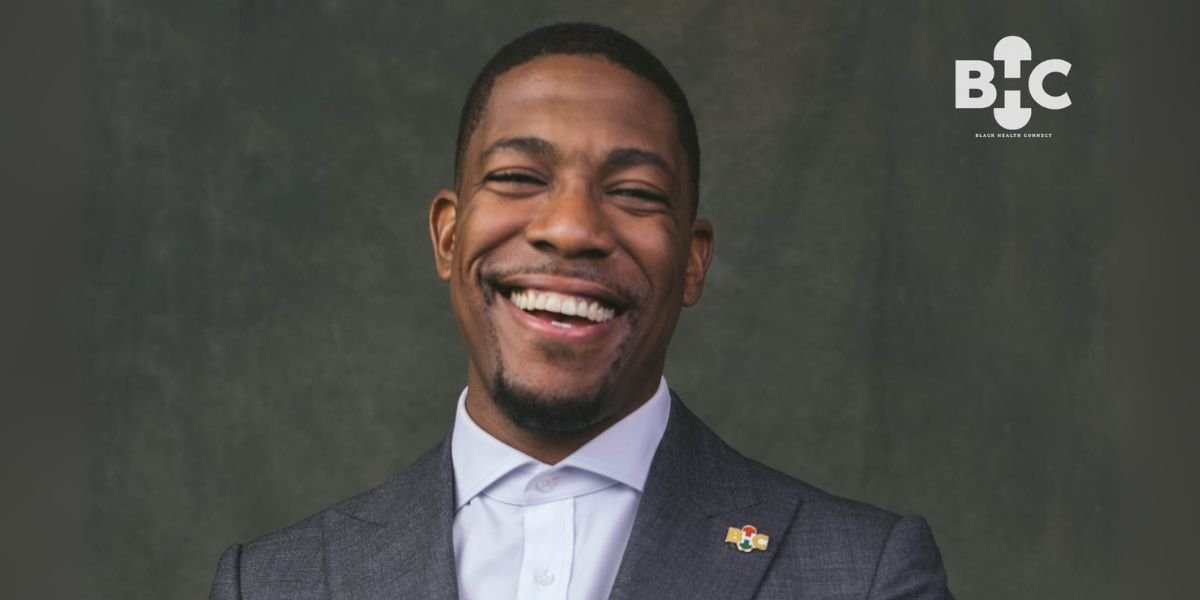Throughout history, Black divas have defined the sound of contemporary music, using their extraordinary vocal talents to create timeless melodies and inspire millions. The Black diva vocal tradition is known for its combination of technical mastery, expressive power, and emotional depth, making it one of the most celebrated and influential styles in modern music. From gospel to jazz, soul, and R&B, Black divas have not only showcased their vocal prowess but have also used their voices to convey stories of struggle, joy, and empowerment. In this article, we’ll explore the technical mastery and emotional depth behind the iconic voices of Black divas, examining the unique elements that define their artistry and how they continue to shape the landscape of music.
Read Also: Exploring the Rich Tapestry of Black Culture and Gospel Music
The Evolution of the Black Diva Vocal Tradition
The tradition of powerful Black female vocalists can be traced back to the roots of African American music, from spirituals and gospel music to blues and jazz. These genres provided the foundation for the vocal techniques that would later shape the sound of legendary divas. Black women’s voices have historically been a tool for expressing resilience, faith, and cultural identity, making their vocal contributions integral to the formation of modern popular music.
Gospel and Spirituals: The Root of the Black Diva Voice
The origins of the Black diva vocal tradition can be traced to the gospel and spiritual music sung by African American communities during the era of slavery. Gospel singers like Mahalia Jackson and Sister Rosetta Tharpe laid the foundation for the emotional and technical vocal style that would define future generations of Black female vocalists.
The gospel tradition emphasized powerful vocal projection, the use of vibrato, and an ability to infuse each note with deep emotion. Gospel singers often employed call-and-response techniques, allowing the voice to move between soaring, operatic highs and gritty, raw lows. This combination of musical technique and emotional depth became the cornerstone of the Black diva vocal style.
Blues and Jazz: Refining Technique and Expressive Nuance
The evolution of blues and jazz in the early 20th century added new layers to the Black diva tradition. Artists like Bessie Smith, Billie Holiday, and Ella Fitzgerald took vocal expression to new heights by combining their technical mastery with an unparalleled ability to convey deep emotional nuances. These divas were known for their ability to improvise, bending notes and phrasing to create unique interpretations of songs that made each performance feel deeply personal.
The jazz tradition, in particular, introduced scat singing, a form of vocal improvisation that allowed singers to express their musicality through syllables and sounds rather than words. Fitzgerald’s mastery of scat became legendary, and her vocal agility remains one of the benchmarks for vocalists today.
Soul and R&B: The Rise of the Diva
In the 1960s and 1970s, the rise of soul and R&B brought forward an entire generation of Black divas who combined the technical skills of jazz and gospel with the emotional depth of blues. Artists like Aretha Franklin, Etta James, and Nina Simone fused these genres into something distinctly new, creating an unforgettable sound that would dominate the airwaves and influence generations of singers.
These vocalists were not just known for their vocal prowess but for their ability to communicate personal and political messages through song. Aretha Franklin’s “Respect” became an anthem for the civil rights movement, while Nina Simone used her voice to express the struggles of Black Americans. Their ability to seamlessly blend vocal technique with emotional and political expression set them apart as true divas of their time.
Technical Mastery: The Mechanics of a Diva Voice
Behind the captivating sound of the Black diva voice lies a deep understanding of vocal technique. These singers are often classically trained or possess a natural ability to control their instrument in ways that many other singers can only dream of. Let’s break down some of the technical aspects that contribute to the mastery of Black diva vocals.
Vocal Range and Control
One of the defining characteristics of Black divas is their extensive vocal range. Whether they are soaring into high notes or delving into deep, resonant lows, Black divas demonstrate impressive control over their voices. The ability to transition smoothly between registers—such as from chest voice to head voice—requires exceptional training and awareness of vocal technique.
For example, Whitney Houston was known for her remarkable belting ability and high register, which allowed her to deliver both powerful ballads and energetic pop songs with equal precision. Her voice could reach notes that were both ethereal and commanding, making her one of the most technically gifted vocalists of her era.
Vibrato and Tone Quality
The use of vibrato—the slight variation in pitch that occurs naturally when a singer holds a note—adds warmth and richness to the voice. Black divas are masters at using vibrato to infuse their performances with emotion, especially in powerful moments of the song. The ability to control vibrato adds depth to their sound and allows them to convey both vulnerability and strength.
In addition to vibrato, Black divas excel in creating a unique tone quality that sets them apart from other vocalists. Etta James was known for her husky, soulful tone, while Aretha Franklin had a rich, gospel-infused voice that could convey both strength and softness. Their tonal quality is what makes their performances so immediately recognizable.
Breath Control and Projection
Breath control is another crucial element of a diva’s vocal mastery. Many Black divas, particularly in opera and gospel traditions, can sing long phrases without losing strength or clarity. Effective breath control allows singers to project their voices over large orchestras or crowds without straining their vocal cords. This technique is essential for achieving the kind of sustained power that divas like Beyoncé or Jennifer Hudson bring to their live performances.
For example, in Beyoncé’s live performance of “Listen,” her ability to manage breath, control dynamics, and project powerful vocals all while maintaining emotion is a testament to her exceptional technique.
Expressive Power: Connecting Emotion to Performance
While technical mastery is critical, what truly elevates the Black diva voice is the expressive power that accompanies it. These vocalists do not simply sing words; they convey emotion, tell stories, and connect deeply with their audience. The ability to convey complex emotions like longing, anger, joy, or empowerment is what distinguishes the great divas from ordinary singers.
Emotional Delivery Through Dynamics
Black divas understand the power of dynamics—the variations in volume and intensity that make a performance more compelling. They can go from a quiet, intimate whisper to a loud, powerful belt without losing control of their vocal instrument. This mastery allows them to emotionally draw the audience in, building tension and releasing it at the right moments.
Alicia Keys is known for using dynamic shifts in her songs to emphasize emotional moments, especially in her piano-driven ballads. Her ability to express vulnerability and strength through dynamics adds a layer of emotional depth to her already powerful voice.
The Soulful “Riff”
A distinctive feature of Black diva vocals is the soulful riff—the improvisational vocal runs that add a unique flair to the performance. These riffs allow the singer to express individuality and emotional depth, often transforming a song from its original structure into something deeply personal. These vocal runs are often based on blues scales and gospel embellishments, providing a raw, emotional quality to the performance.
Mariah Carey, often regarded as one of the greatest vocalists of all time, is known for her technical virtuosity as well as her ability to incorporate melismatic runs into her performances. Her use of vocal riffs adds emotional intensity to her songs, making each performance feel alive and dynamic.
Connection with the Audience
The ability to connect emotionally with an audience is what elevates a good performance to greatness. Black divas excel at communicating with their listeners, often allowing the audience to feel as though they are part of the experience. This connection is built through body language, facial expression, and most importantly, through the vulnerability they share through their music.
For example, Beyoncé’s live performances, especially her performances of songs like “Halo” or “Love on Top,” reveal not just her technical prowess, but her ability to draw her audience into the song’s emotional core. This genuine connection is a hallmark of the Black diva tradition.
Read Also: Beyond the Notes: Exploring the Unique Vocal Range of Black Singers
The Enduring Legacy of Black Diva Vocals
The voices of Black divas have shaped the soundscape of modern music, influencing genres across the board from soul and R&B to pop, gospel, and jazz. Through their technical mastery, emotional expression, and profound connection with audiences, these vocalists continue to inspire artists around the world. They have redefined what it means to be a vocal powerhouse, showing that true artistry lies not just in technical skill but in the ability to pour emotion and life into every note.
As the world of music continues to evolve, the legacy of Black diva vocals will endure, reminding us all of the power of the human voice and the artistry behind each and every performance.








